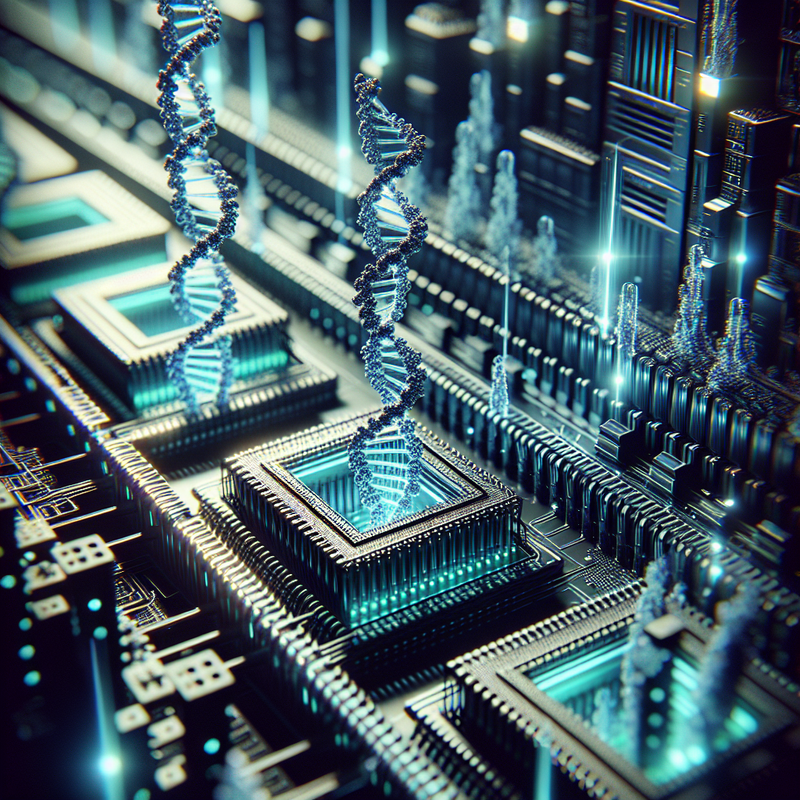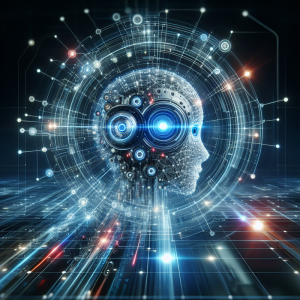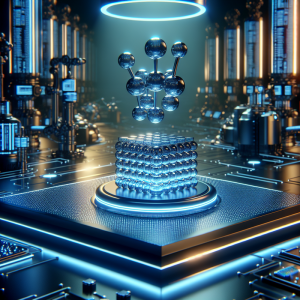In a groundbreaking discovery, a team of scientists from Shanghai Jiao Tong University, spearheaded by Dr. Fei Wang, have pioneered a new computing paradigm harnessing the properties of DNA to construct a biocomputer of unparalleled capabilities.
Having the capacity to perform over 100 billion distinct operations concurrently, this seminal work published in Nature has set the stage for monumental progress in identifying and diagnosing illnesses.
Utilization of DNA in Computing
DNA molecules, once recognized solely as carriers of our hereditary blueprint, have now been harnessed by researchers as a dynamic substrate for computation. Under the guidance of Dr. Wang, the team proved that DNA strands could be manipulated to form intricate biological networks that act as channels and conduits for data maneuvering and computation.
The Role of DNA-based Programmable Gate Arrays (DPGAs)
Central to this technological leap are the DNA-based programmable gate arrays (DPGAs), which are composed of strategically designed short DNA sequences. These arrays are tailored to be versatile, accommodating in excess of 100 billion programmable circuit layouts via unique molecular “keys”. An experiment with DPGAs showcased their ability to evaluate quadratic functions and extract square roots, triggering chemical reactions that were observable through the emanation of fluorescent signals.
Challenges and Potential Solutions
The prevailing unpredictability inherent in the motion of molecules within liquid DNA environments posed a significant challenge, yet Wang’s team managed to devise compartmentalization techniques to preserve the necessary orientation and extensibility required for high performance computational tasks. This success paves the way for the significance of DPGAs to reshape our approach to computation.
Implications in Medical Diagnostics
Moreover, DPGAs hold transformative implications in medical diagnostics. The group demonstrated a DPGA’s ability to distinguish between diverse small RNA sequences with implications in renal carcinoma detection, paving the way for highly parallel and energy-conservative diagnostic instruments, as highlighted by Dr. Wang. Such DNA-driven circuitries are poised to play a pivotal part in the refinement of intelligent diagnostic methodologies within biological frameworks.
Future Prospects and Challenges
Though the strides taken are exceptional, Dr. Wang acknowledges that DNA computing remains in its infancy, with challenges such as sporadic molecular interactions and scalability boundaries yet to be surmounted. Nonetheless, his forward-looking vision contemplates a future rich with smart diagnostic implements that would redefine early disease identification and tailor-made therapeutic strategies.
Merger of Biological to Technological Paradigms
The merging of biological paradigms with technological innovation ushers in a new dawn for computing and healthcare fields. Dr. Wang’s cross-disciplinary endeavors hint at a potential expansion of DNA computation beyond the realm of medicine into areas encompassing ecological surveillance and computational intelligence. His research blends elements of biology, chemistry, and computer science, aligning DNA computation as a key player in surmounting significant global dilemmas and revolutionizing healthcare systems in ways previously unimagined.
























